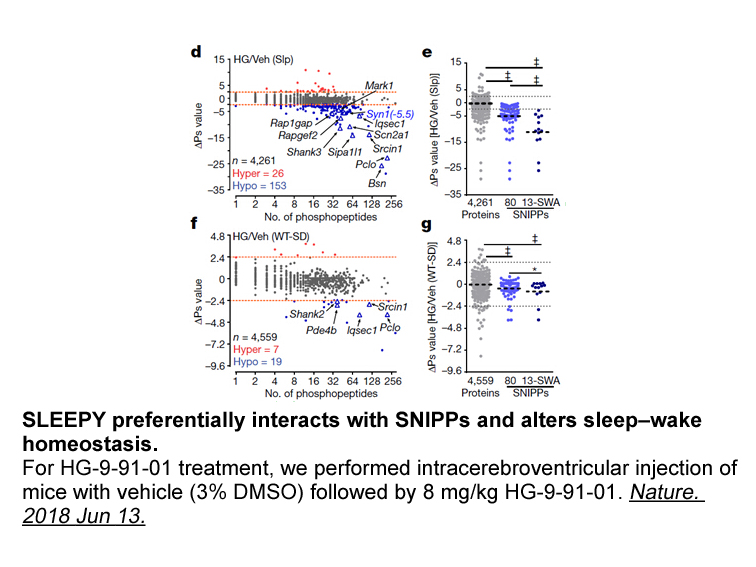Archives
By live imaging of GUL GFP we observed
By live imaging of GUL-1-GFP, we observed the kinetics of aggregate movement within the cell. One of the marked characteristics of GUL-1-GFP cytosolic (but not nuclear-associated) aggregate motion was a “comet-like” movement that was found to be dependent on the presence of properly polymerized microtubules within the cell. This result is in line with the fact that mRNA localization involves Vinorelbine along cytoskeletal elements (Niessing et al., 2018).
Interestingly, defects in the dynein motor complex (ro mutants) have been shown to partially suppress the cot-1 (ts) phenotype (Bruno et al., 1996, Gorovits et al., 1999, Seiler et al., 2006). Based on our current results, it is tempting to speculate that GUL-1 might be a dynein motor complex cargo. If that is the case, once the motor is impaired, the subsequent defect in GUL-1 transport may result in lack of proper GUL-1 function and this could well contribute to the suppressive effect of RO mutants.
Overall, in this study we provide evidence for the complex changes occurring in the transcriptome following cot-1 inactivation and the effect of deleting gul-1 on these changes. These results also showed that while GUL-1 is part of the cell wall remodeling network(s), it is apparently involved in a wide spectrum of additional cellular functions. Our current observation that GUL-1 is highly mobile within the h yphal cell supports the multiple functions the protein has, along with its mRNA-binding (and possible transport) properties.
yphal cell supports the multiple functions the protein has, along with its mRNA-binding (and possible transport) properties.
Acknowledgements
This study was supported by the Israel Science Foundation to OY.
Introduction
In the context of an instrument for a scientific payload, two LED COTS emitting at 335 and 240nm were used as calibration and/or good health tests for photomultipliers. These LED were packaged in a TO-18 case with a flat glass window.
A failure was encountered on the 335nm LED in device-under-test configuration for instrument trials: the functional check of the LED showed no emission. The analysis of this failure revealed a probable electrostatic discharge (ESD) or electrical overstress (EOS) that could have been generated during the transport and the trials.
Visibility of the assembly
The visual inspection showed a flip-chip GaN die, attached on a SiC carrier. The carrier was placed on a copper header using a silver-charged adhesive. The copper header itself is attached to the baseplate using a non-conductive adhesive (Fig. 1) [1].
Both LED technologies showed different copper header machining processes: in the case of the 335nm LED, optical inspection revealed metallic particles generated by the copper header machining.
In addition to internal visual inspection, an X-ray tomography inspection has been performed on this component (Fig. 2). The contribution of the tomography was a 3D visualisation of the wire loops and of their position in the assembly.
Visibility of the die and failure analysis
Screening of new components
At electrical level, these technological weaknesses can lead to modifications of the I=f(V) curve. For example, variations of the contact resistance in the flip chip assembly and in the wire bonds are likely to affect the series resistance of the device and traces of the soldering flux can create a leakage current associated with a modification of the parallel resistance.
The upscreening flow was applied on two sets of ten components from each reference: 335 and 240nm.
Conclusion
Acknowledgements
Introduction
As many factors influence the language development outcomes of cochlear implant (CI) users, regular formal evaluations are necessary to monitor progress post-implantation. The standardized assessment materials used in such formal evaluations of speech perception skills are not widely available in Sinhalese, a language with more than 15 million speakers, the vast majority of whom live in Sri Lanka [1]. Most CI clinics in Sri Lanka resort to using informal translations of the available English assessment materials, e.g. the Common Object Token (COT) test, which is a closed-set test used for assessing the perceptual skills, auditory memory, and auditory-motor integration skills of paediatric CI users as young as 3 years old [2], [3]. The COT test was chosen for adaptation into the Sinhalese language for the following reasons: (1) the COT test is useful for children who are able to complete closed set tasks but not quite ready for open set tests, (2) it is interesting for children (because it involves colourful toys), (3) it is suitable for use with children who have limited speech production skills (because it requires a motor response rather than a verbal response), and (4) it is suitable for assessing performance over  time (due to demonstrated test/retest reliability) [2].
time (due to demonstrated test/retest reliability) [2].